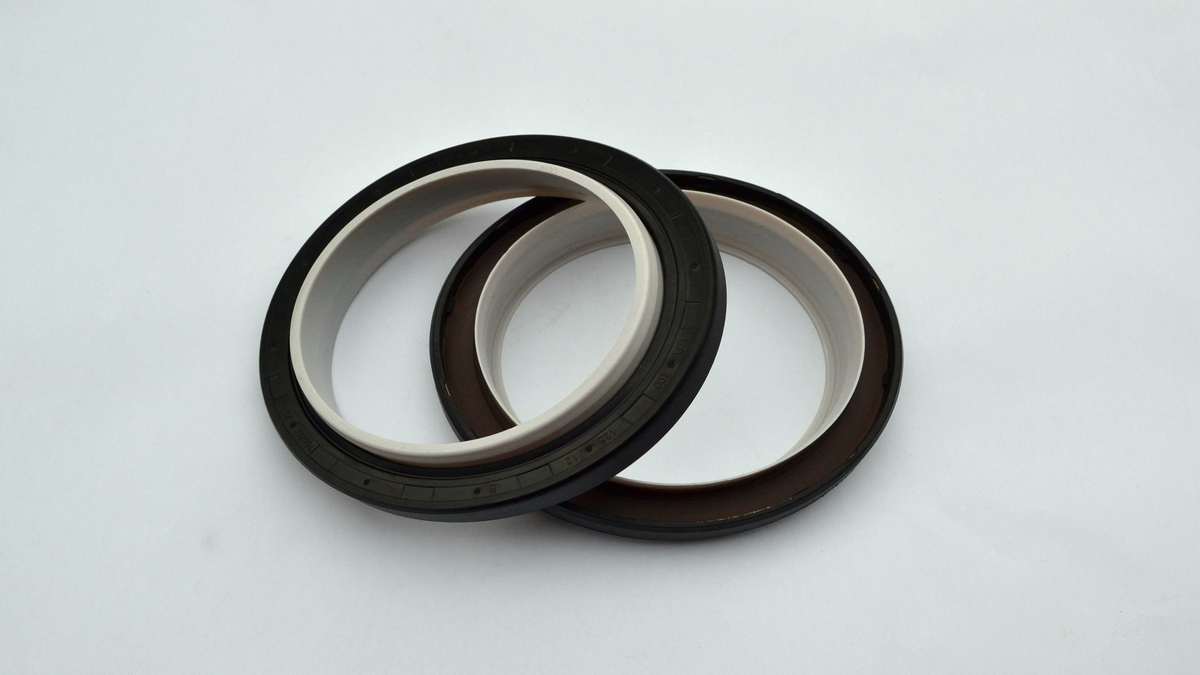
First patented by Danish-American inventor Neils Christensen in the late 1930s, o-rings are still the most widely used sealing solution in the automotive manufacturing industry today. From connecting grommets to sealing engine and fuel system components, this innovative, simple technology has evolved and adapted since Christensen’s original idea to become the most important rubber components in any vehicle.
As automotive engineering and technology has developed, so has the need for o-rings that can hold a seal under high-pressure situations and varying climate conditions. The cars that were available in the 1930s are quite different than the automobiles on the roads today. Added to that, adventurers seek vehicles that will withstand extreme conditions, such as water and mud, and need transportation that will be reliable when they are off-road and in their favorite element.
Here’s a look at the many uses of o-rings in the automotive industry, and how these small sealing components are still vital to a car’s safety and performance.
How are o-rings used in the automotive industry?
O-ring seals enclose liquids and gases in a chamber to keep contaminants away from engine or fuel system components. For example, valve stems in automotive engines require o-rings to keep the combustion chamber clear of oil leaks. Other o-ring seals are used to protect bearings and contain coolant, power steering fluid, automatic transmission fluid, gasoline, brake fluid and refrigerant required to safely run and operate an automobile.
Additionally, modern o-ring seals are composed of different components based on application and the environment in which they will be used. Choosing the wrong o-ring can cause a range of problems — from inefficient equipment to total engine failure — so understanding which o-rings are best based on their intended use is important to keeping automobile engines in peak performance.
How have rubber o-rings evolved?
Many of the advances in rubber o-ring seals for the automotive industry have happened through testing various components to strengthen the seal across multiple applications and environments. For example, there are base polymers or elastomers that make up the o-ring, but there are also fillers, reinforcing agents, accelerators, activators and flame retardants that can be added based on the context of its use.
Researchers continue to look for ways to increase the lifespan and effectiveness of an o-ring seal, with studies focused on everything from o-ring integrity at elevated temperatures to new mixes of components and point-of-failure analysis. Engineers use this to create more efficient technology and automobiles that perform well across multiple environments and conditions.
Quality is important, especially in your supplier
Since the effectiveness of an o-ring seal can mean the difference between preserving the integrity of the component and expensive repairs or replacements, it’s not a choice to take lightly. With the thousands of various o-ring types and components available on the market, research is crucial if you want to keep maintenance costs low.
Choosing an o-ring that contains the right compounds added to the polymer based on your specific application needs will also save time and money. The cost of maintenance technicians and downtime can end up being more expensive than you’d think. That’s why it’s important to know the option best suited for how and where you will use the o-ring seal, and work with a reliable supplier who offers a wide range of o-ring seals, along with the expertise to help you navigate your purchase.


